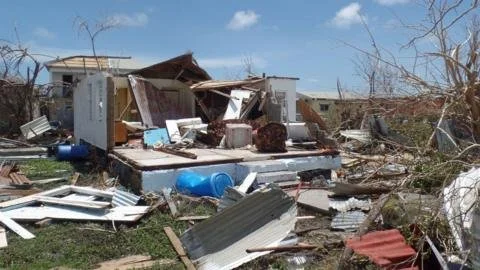Hurricane Season: A Deep Dive Into the Caribbean's Financial Struggles and Emotional Toll
In the wake of Hurricane Irma’s devastation in 2017, many residents of Barbuda still experience anxiety at the onset of the hurricane season. The region faces a financial crisis exacerbated by skyrocketing home insurance premiums, which have risen by as much as 40% due to increasingly severe storms. This challenge is worsened by the low population density in many Caribbean islands, resulting in limited resources for insurance companies.
Residents like Dwight Benjamin have opted to invest in structurally sound homes instead of purchasing insurance, which many view as an unnecessary expense in light of their limited resources. The inadequacy of home insurance coverage is stark: only 20% of homes in Jamaica and 50% in Barbados are insured, leaving many exposed to the financial impacts of natural disasters, including hurricanes, earthquakes, and volcanoes.
As the Atlantic hurricane season unfolds, anxiety permeates communities, with emotional triggers linked to past cyclones affecting daily life. Past trauma from Hurricane Irma continues to haunt residents, manifesting in increased fear during storm forecasts. For instance, Mohammid Walbrook, also affected by Irma, described how the mere announcement of an impending storm resets the emotional turmoil related to their previous experience.
The financial implications of rebuilding after a storm can be overwhelming. For Antigua and Barbuda, the cost to recover from Irma exceeded $200 million, prompting international aid from various entities, including the UNDP, which supported reconstruction and economic recovery efforts.
One proactive measure is the establishment of the Caribbean Catastrophe Risk Insurance Facility, aimed at providing affordable disaster coverage through risk pooling for member governments. This initiative has facilitated substantial payouts to affected regions during disasters. Preparedness programs are being implemented year-round, focusing on building resilience in communities and infrastructures to combat the increasing intensity of storms.
As the season progresses, community members exhibit a blend of hopefulness and trepidation, balancing the persistent memory of past hurricanes with a determined spirit of survival, exemplifying the resilience that defines Caribbean culture. Despite the heightened risks and challenges, initiatives and local efforts aimed at improving preparedness and infrastructure development continue to empower these communities.

